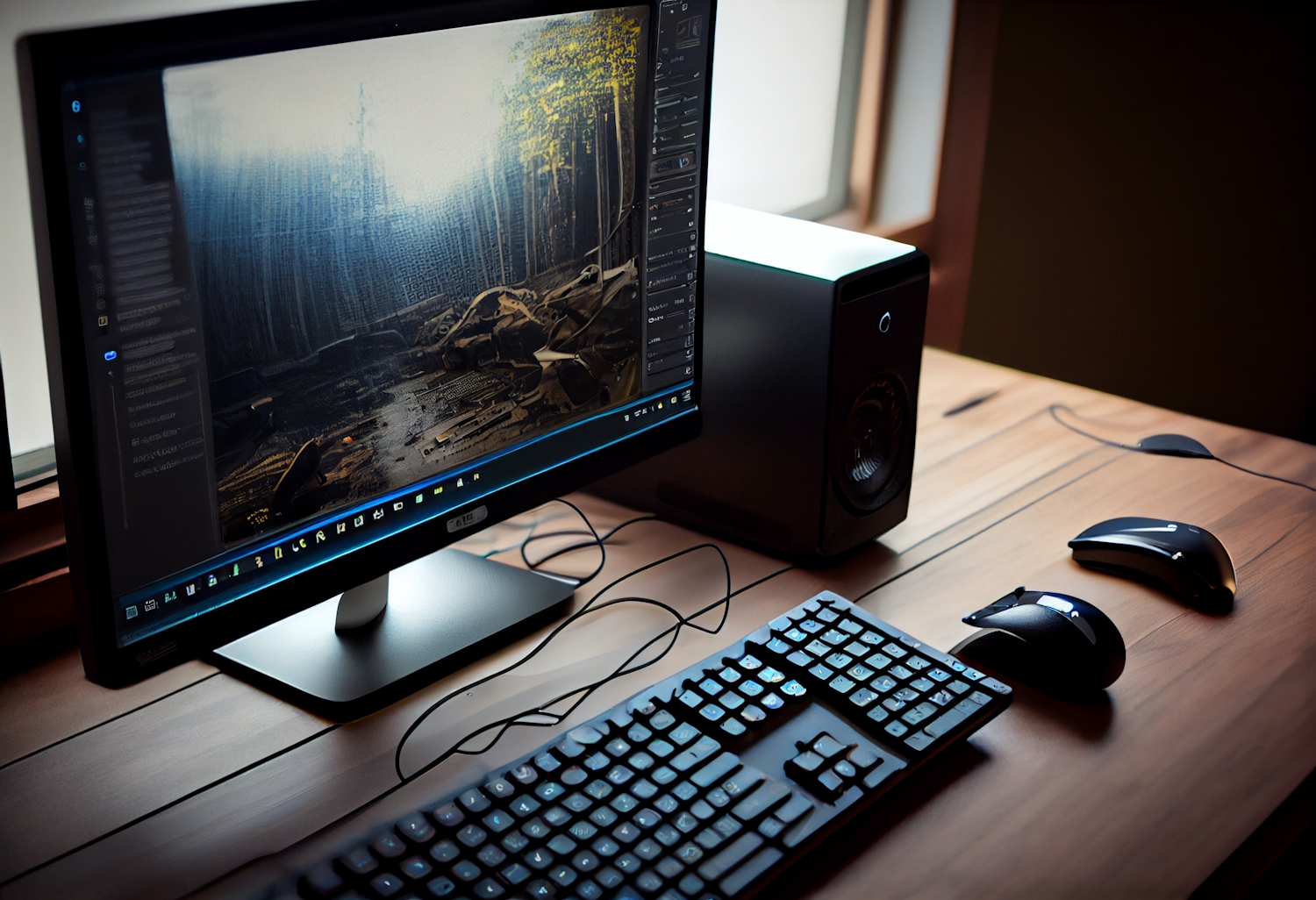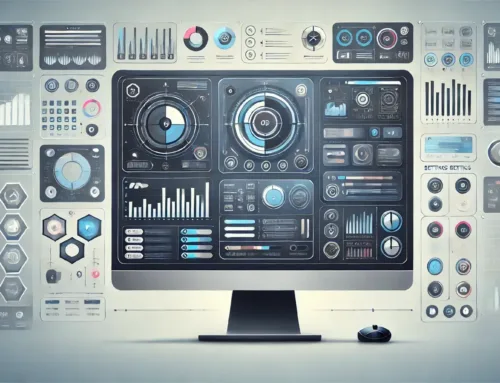What Is the Difference Between a Workstation and a PC?
In the world of computing, the terms “workstation” and “PC” are frequently used, often interchangeably, but they refer to different types of computing devices, each designed for specific purposes. In this article, we’ll explore the key distinctions between a workstation and a PC, shedding light on their unique features, use cases, and capabilities.

Definitions:
Before delving into the differences, it’s essential to clarify the definitions of these terms:
Workstation: A workstation is a high-performance computer designed for professional use, particularly in fields that demand substantial computing power, such as engineering, 3D rendering, scientific research, and content creation.
PC (Personal Computer): A PC, short for personal computer, is a broad term that encompasses a range of computing devices primarily designed for individual use. This category includes desktops, laptops, and other devices used for personal, educational, or business computing.
Purpose and Performance
The primary difference between a workstation and a PC lies in their intended purpose and performance capabilities:
- Workstation: Workstations are engineered for professional applications that require extensive computational power and graphics performance. These applications include 3D modelling, CAD/CAM (computer-aided design and computer-aided manufacturing), scientific simulations, video editing, and animation. Workstations are built to handle complex tasks efficiently and offer reliability and stability, making them suitable for tasks where precision and performance are critical.
- PC: PCs, including desktops and laptops, are designed for a wide range of computing tasks. They are versatile and suitable for everyday use, such as web browsing, word processing, email, and entertainment. While some high-end PCs are capable of handling demanding applications, they are generally not optimised for specialised professional tasks that require the computational power and graphics capabilities of a workstation.
Hardware Specifications
Workstations and PCs differ significantly in terms of their hardware specifications:
- Workstation: Workstations are equipped with high-end components, including powerful multi-core processors, ample RAM, advanced graphics cards (often with dedicated GPUs), and fast storage solutions. They are built to provide exceptional performance, stability, and reliability. Workstations may also have extensive cooling systems to manage the heat generated during resource-intensive tasks.
- PC: PCs come in a wide range of configurations and can vary from basic, budget-friendly models to high-performance desktops and laptops. The components of a PC are often selected based on the intended use, with entry-level PCs having less powerful processors and integrated graphics, while gaming PCs or high-end models feature dedicated GPUs, more RAM, and faster storage.
Comparison Table: Workstation vs. PC
| Feature | Workstation | PC |
|---|---|---|
| Purpose | Professional applications | Versatile, general use |
| Performance | High-end, specialised tasks | Varies, everyday tasks |
| Hardware Specifications | High-performance components | Diverse configurations |
| Graphics Capabilities | Advanced, dedicated GPUs | Varies, integrated or dedicated GPUs |
| Cooling Systems | Efficient cooling for stability | Standard cooling solutions |
| Price | Expensive, premium pricing | Wide price range |
| Use Cases | Content creation, scientific research, engineering | General computing, entertainment |
Graphics Capabilities
One of the critical distinctions between workstations and PCs is the level of graphics capabilities:
- Workstation: Workstations are equipped with advanced graphics cards, often featuring dedicated GPUs. These GPUs are optimised for professional applications like 3D rendering, CAD, and scientific simulations, providing the necessary computing power for complex graphics tasks.
- PC: PCs, especially budget or entry-level models, may have integrated graphics, which are sufficient for everyday tasks like web browsing and office work. However, some high-performance PCs, such as gaming desktops, also feature dedicated GPUs designed for gaming and graphics-intensive applications.
Cooling Systems
Workstations are designed to maintain high performance and stability during resource-intensive tasks, which can generate a significant amount of heat. To address this, workstations often incorporate efficient cooling systems, including advanced fans, heat sinks, and sometimes liquid cooling solutions. These systems ensure that the workstation remains reliable and operational even under heavy workloads.
PCs, on the other hand, typically use standard cooling solutions that are adequate for regular use. High-performance PCs, like gaming desktops, may feature enhanced cooling for the specific purpose of keeping the system cool during demanding gaming sessions.
Price
Workstations are specialised, high-performance machines designed for professional use, and as a result, they come with a premium price tag. The components and engineering required to meet the demands of professional applications contribute to the higher cost.
In contrast, PCs offer a wide price range, catering to different budgets and needs. Entry-level PCs are affordable and provide basic functionality, while more expensive models can offer a higher level of performance and features.
Use Cases
Understanding the different use cases for workstations and PCs is essential for making the right choice:
- Workstation Use Cases: Workstations excel in professional applications where high performance and stability are paramount. They are ideal for content creators, including video editors, graphic designers, and 3D modellers, as well as professionals in fields such as engineering, scientific research, and architecture.
- PC Use Cases: PCs are versatile and suitable for general computing tasks. They are commonly used for personal productivity, web browsing, email, educational purposes, and entertainment. High-performance PCs are also used for gaming and can handle some graphics-intensive tasks.
Summary
In conclusion, the primary difference between a workstation and a PC lies in their intended purpose, performance capabilities, and hardware specifications. Workstations are designed for professional applications that demand exceptional performance, while PCs cater to a broad range of computing needs, from general tasks to gaming. Choosing between a workstation and a PC depends on your specific requirements and the nature of the tasks you intend to perform. Workstations are the preferred choice for professionals in specialised fields, while PCs are the go-to option for everyday computing and general use.
Explore Techfident’s range of high-performance workstations and PCs to find the perfect solution for your computing needs. Whether you’re a professional seeking top-tier performance or an individual looking for versatility, we have you covered.




